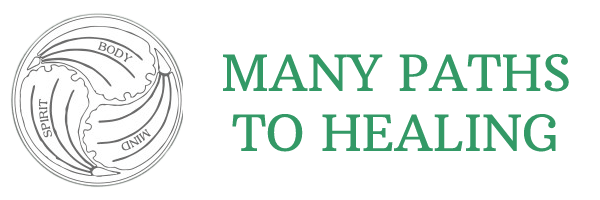 We are all trying to figure out what we are feeling and how to let others know what we need. Erin Olivio,Ph.D. author of Wise Mind Living–Master Your Emotions, Transform Your Life , lists eight different families of emotions. These are:
We are all trying to figure out what we are feeling and how to let others know what we need. Erin Olivio,Ph.D. author of Wise Mind Living–Master Your Emotions, Transform Your Life , lists eight different families of emotions. These are:
LOVE, HAPPINESS, FEAR, ANGER, SADNESS, SHAME, JEALOUSY, and DISGUST.
Each are a family of related feelings with many variations which can occur in different situations. It’s important to identify what words or labels you use to describe your feelings. You might say “I am hurt or unhappy” when you feel sadness. It’s important to “catch” the emotion when it happens as emotions can pass in just seconds. It’s helpful to give your emotion a “name” instead of just glossing over what you are feeling by saying “ I’m just upset”.
The next step is to try to sort out how does this emotion feel in your body? Is there a change in your breathing or heartbeat? Is there tightness in your stomach or your jaw? What is happening in your body? You may have a tough time at first connecting an emotion with your physical sensations, but it will become easier with practice.
Now what was the trigger or prompting event that caused your emotion? For example, if you are feeling sadness, did you not get what you wanted or hoped for? Did you lose someone or something? What happened that caused your sadness?
What are you thinking about what caused your emotion? What is the “self talk” inside your head? Perhaps with sadness, you are thinking. “I can’t handle this” or “I will never get what I need”.
Now pay attention to how you feel compelled to act because you feel a particular way? For example, if you feel sad, do you need to be alone or do you need to reach out to others? This helps you identify the emotion and helps point the way to a constructive response rather than one that is not healthy for you.
Be aware that your initial emotion can lead to secondary emotions. For example, sadness can lead to anger, fear or negativity. Happiness ,another one of the family of emotions, can lead to giving back.
It helps to know that emotions flow- they rise and fall and with your self talk and your thinking. They can become a MOOD. When you keep re-triggering an emotion with your thoughts about the event, the emotion will become a mood. Moods can be so habitual that they can become emotional traits or even part of your personality or who you are.
Whether an emotion sloughs off or sticks around is within your control. Emotions move quickly – you can keep it going or you might need to work at letting it go. We cannot control what happens to us, but we have the ability to manage what we think about what has happened and how we react to our emotions. Start by naming that emotion!!
